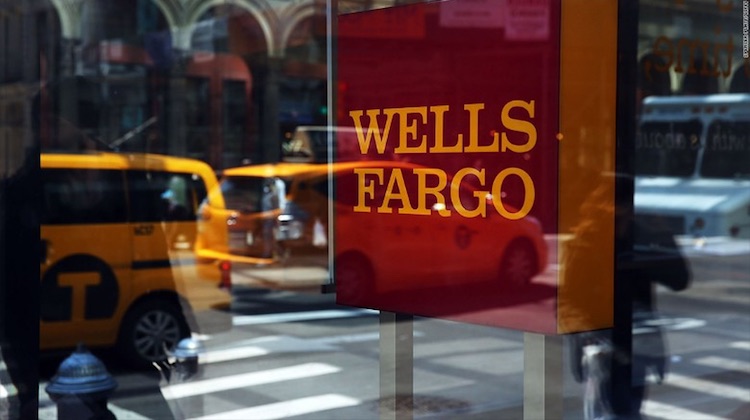The Customer Effect
How Wells Fargo is using an app to help get new customers
- Wells Fargo just launched Greenhouse, a standalone mobile banking app with digital-only accounts and personal finance features.
- Greenhouse is yet another a sign that PFM is becoming a central part of the mobile banking experience and a must-have in the war for new customers.








